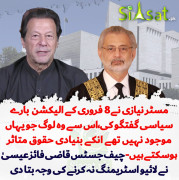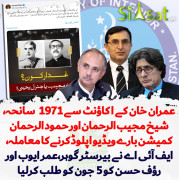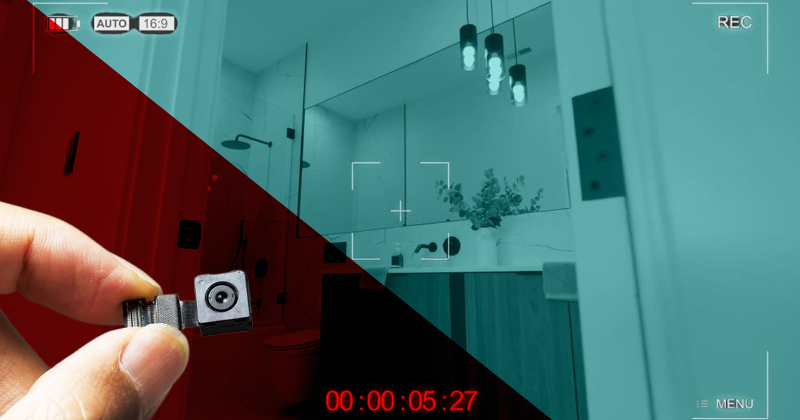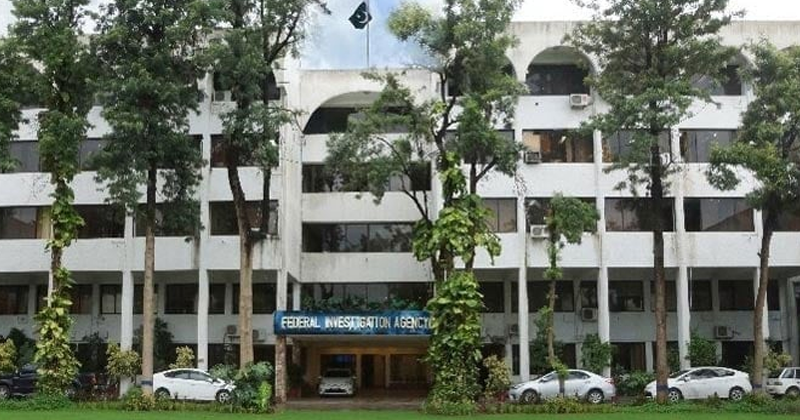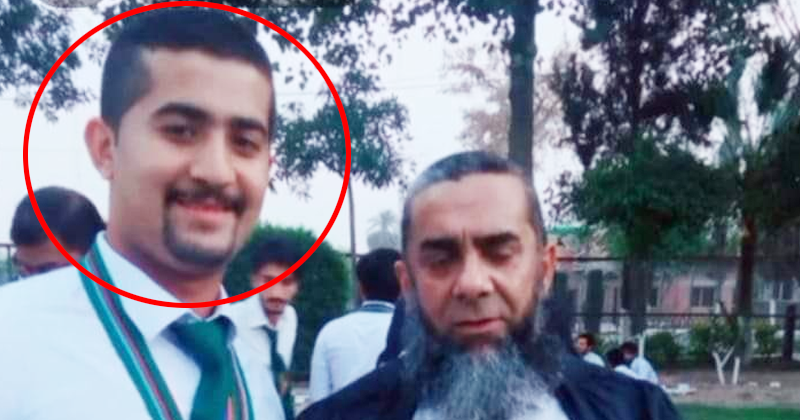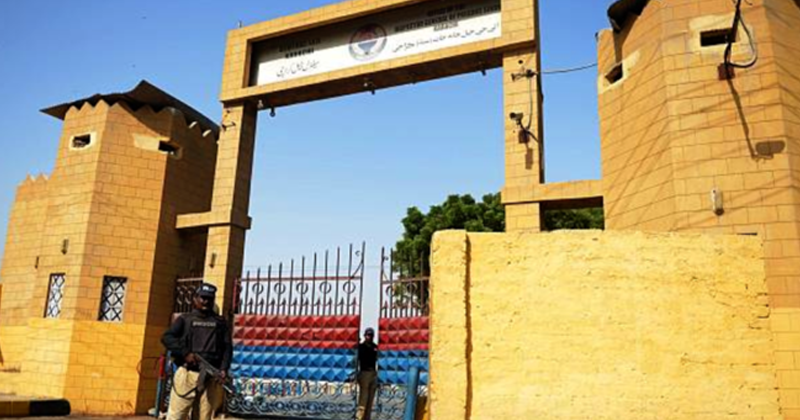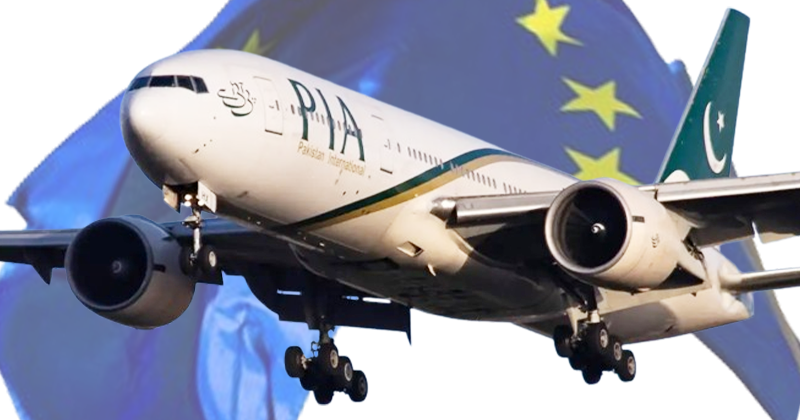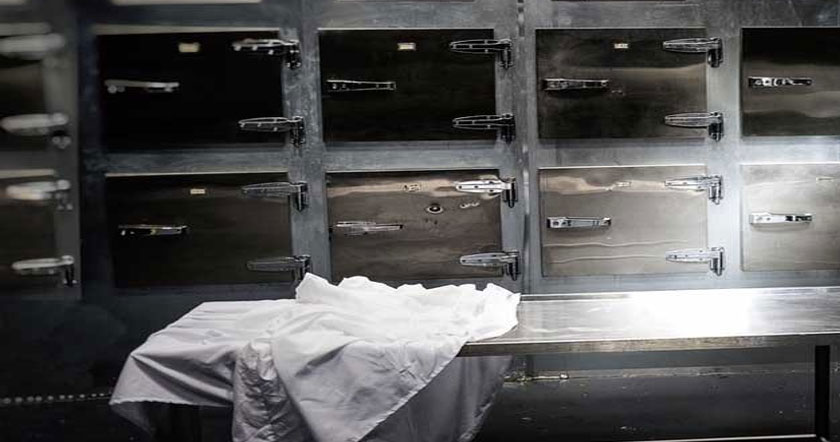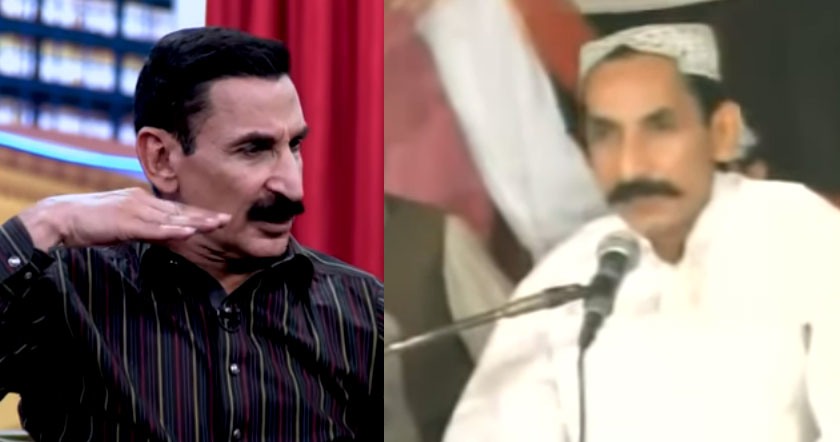22 April 2011, 6:51 AM











Superbus could be the shape of things to come in sustainable inter-city public transport, as an environmentally friendly system, reducing traffic congestion and road accidents.
FIA (The Fdration Internationale de lAutomobile) vice president Mohammed Ben Sulayem believes the Superbus could be the shape of things to come in sustainable inter-city public transport, as an environmentally friendly system which helps reduce traffic congestion and road accidents.
Sulayem was invited to test-drive the Superbus at Dubai Autodrome today by its chief designer Antonia Terzi, the Italian former chief aerodynamicist of the BMW-Williams Formula 1 team.
I had heard a lot about this project and the concept interested me. Its an electrically powered vehicle which uses rechargeable batteries and can actually run on solar energy, he said. At the same time, its lightweight and has an aerodynamic design, so has low energy consumption. I also like it because it can help ease traffic congestion and reduce the number of accidents. Anything that can make our roads better and safer to drive on has to be a good thing.
Earlier this week, a senior transport official said that a second motorway between Abu Dhabi and Dubai would be built within four years as part of a strategy to reduce congestion and improve road safety. The Holland-based design team behind Superbus sees it as an extension of this strategy. A fleet of Superbuses would run on a dedicated two-lane highway between Abu Dhabi and Dubai, and leave the speed track in urban areas to drop off passengers at agreed locations.
The first prototype version of the Superbus made its Middle East debut earlier this month at the UITP Mobility and City Transport Expo in Dubai. On Tuesday, the Superbus was taken on a test run around Masdar City, the eco-friendly community taking shape next to Abu Dhabi International Airport where, for the first time, its batteries were charged using solar power.
The Superbus will be flown back to Holland next week where it will undergo further tests under the scrutiny of the Dutch transport authorities. The design team hopes that by the end of the year these will lead to the prototype being registered and issued with a licence plate, allowing it to be driven on public roads for the first time.
We came here to show the authorities in the UAE that the Superbus is as practical and drivable as it is beautiful, said Antonia Terzi. It tackles the challenges of mobility, spatial planning, service detail and environmental demands, all in one.
Superbus will have an intelligent routing system rather than a fixed schedule. Commuters will book online or with their mobile phone, and the bus picks them up and drops them at their desired location.
She added: We were delighted when Mohammed accepted our invitation to test drive the Superbus. He understands and appreciates the concept and is very enthusiastic about our project.
Sulayem is the first Arab Vice President of the FIA which, in addition to being the governing body for world motor sport is also the federation which brings together 227 national motoring and sporting organisations representing millions of motorists. On issues such as safety and the environment the FIA actively promotes the interests of motorists at the United Nations, within the European Union and through other international bodies.
The Superbus is an electric-powered cross-over between a bus and a limousine carrying 23 passengers at 250 kmh on a dedicated speed track. It would cut the commute time between Abu Dhabi and Dubai to 30 minutes. It is the brainchild of a design team at TU Delft University of Technology in Holland who have brought the prototype to the UAE after an exploratory initial visit earlier in the year which coincided with the Commercial Vehicles Middle East exhibition and conference in Dubai.
Offering the convenience of a car, the Superbus is 15 meters long and has eight doors on each side. It would run on a dedicated two-lane highway between Abu Dhabi and Dubai, and leave the speed track in urban areas to drop off passengers at agreed locations. Powered by lithium iron phosphate batteries, the 530bhp carbon fibre vehicle is similar in length and width to a public bus, but with the height of a conventional SUV. The Superbus, which uses rear wheel steering, boasts high maneuverability, formidable breaking power and safety based on the use of advanced radar and electronic obstacle detection systems.
The Superbus project is backed by the Dutch government as well as 10 sponsors and 56 suppliers. A business study carried out by the Dutch government for a high speed connection between Amsterdam and Groningen in the north of Holland found the Superbus concept to be the best option in terms of infrastructure costs, impact on the environment and passenger numbers.
The first Superbus road tests took place in Holland last September. Although no feasibility studies have been done yet for the Abu Dhabi-Dubai route, the similar Amsterdam-Groningen route has been studied by the Dutch government, with other high speed connection routes currently under evaluation for several other countries around the world.
[email protected]











Superbus could be the shape of things to come in sustainable inter-city public transport, as an environmentally friendly system, reducing traffic congestion and road accidents.
FIA (The Fdration Internationale de lAutomobile) vice president Mohammed Ben Sulayem believes the Superbus could be the shape of things to come in sustainable inter-city public transport, as an environmentally friendly system which helps reduce traffic congestion and road accidents.
Sulayem was invited to test-drive the Superbus at Dubai Autodrome today by its chief designer Antonia Terzi, the Italian former chief aerodynamicist of the BMW-Williams Formula 1 team.
I had heard a lot about this project and the concept interested me. Its an electrically powered vehicle which uses rechargeable batteries and can actually run on solar energy, he said. At the same time, its lightweight and has an aerodynamic design, so has low energy consumption. I also like it because it can help ease traffic congestion and reduce the number of accidents. Anything that can make our roads better and safer to drive on has to be a good thing.
Earlier this week, a senior transport official said that a second motorway between Abu Dhabi and Dubai would be built within four years as part of a strategy to reduce congestion and improve road safety. The Holland-based design team behind Superbus sees it as an extension of this strategy. A fleet of Superbuses would run on a dedicated two-lane highway between Abu Dhabi and Dubai, and leave the speed track in urban areas to drop off passengers at agreed locations.
The first prototype version of the Superbus made its Middle East debut earlier this month at the UITP Mobility and City Transport Expo in Dubai. On Tuesday, the Superbus was taken on a test run around Masdar City, the eco-friendly community taking shape next to Abu Dhabi International Airport where, for the first time, its batteries were charged using solar power.
The Superbus will be flown back to Holland next week where it will undergo further tests under the scrutiny of the Dutch transport authorities. The design team hopes that by the end of the year these will lead to the prototype being registered and issued with a licence plate, allowing it to be driven on public roads for the first time.
We came here to show the authorities in the UAE that the Superbus is as practical and drivable as it is beautiful, said Antonia Terzi. It tackles the challenges of mobility, spatial planning, service detail and environmental demands, all in one.
Superbus will have an intelligent routing system rather than a fixed schedule. Commuters will book online or with their mobile phone, and the bus picks them up and drops them at their desired location.
She added: We were delighted when Mohammed accepted our invitation to test drive the Superbus. He understands and appreciates the concept and is very enthusiastic about our project.
Sulayem is the first Arab Vice President of the FIA which, in addition to being the governing body for world motor sport is also the federation which brings together 227 national motoring and sporting organisations representing millions of motorists. On issues such as safety and the environment the FIA actively promotes the interests of motorists at the United Nations, within the European Union and through other international bodies.
The Superbus is an electric-powered cross-over between a bus and a limousine carrying 23 passengers at 250 kmh on a dedicated speed track. It would cut the commute time between Abu Dhabi and Dubai to 30 minutes. It is the brainchild of a design team at TU Delft University of Technology in Holland who have brought the prototype to the UAE after an exploratory initial visit earlier in the year which coincided with the Commercial Vehicles Middle East exhibition and conference in Dubai.
Offering the convenience of a car, the Superbus is 15 meters long and has eight doors on each side. It would run on a dedicated two-lane highway between Abu Dhabi and Dubai, and leave the speed track in urban areas to drop off passengers at agreed locations. Powered by lithium iron phosphate batteries, the 530bhp carbon fibre vehicle is similar in length and width to a public bus, but with the height of a conventional SUV. The Superbus, which uses rear wheel steering, boasts high maneuverability, formidable breaking power and safety based on the use of advanced radar and electronic obstacle detection systems.
The Superbus project is backed by the Dutch government as well as 10 sponsors and 56 suppliers. A business study carried out by the Dutch government for a high speed connection between Amsterdam and Groningen in the north of Holland found the Superbus concept to be the best option in terms of infrastructure costs, impact on the environment and passenger numbers.
The first Superbus road tests took place in Holland last September. Although no feasibility studies have been done yet for the Abu Dhabi-Dubai route, the similar Amsterdam-Groningen route has been studied by the Dutch government, with other high speed connection routes currently under evaluation for several other countries around the world.
[email protected]





